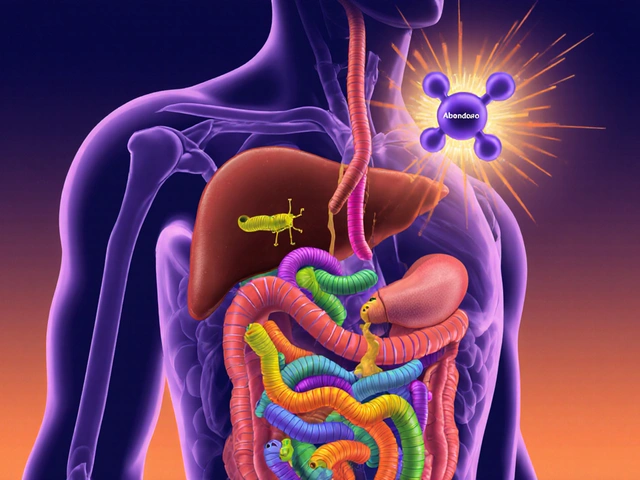Experience the Incredible Health-Boosting Effects of Royal Jelly
July 26 2023Probiotics Treatment: What You Need to Know
When working with Probiotics Treatment, the therapeutic use of live microorganisms to restore balance in the gut. Also known as probiotic therapy, it aims to improve digestive function, immune response, and overall wellness.
Probiotics treatment encompasses several core ideas. First, it modulates the gut microbiome, the community of bacteria, fungi, and viruses living in the digestive tract. Second, it requires proper supplement formulation, the selection of specific strains, dosages, and delivery methods to be effective. Third, it relies on evidence from clinical studies, research trials that assess safety and efficacy of probiotic strains. Together, these elements shape how probiotics can help you feel better.
Key Aspects of Probiotics Treatment
The gut microbiome acts like a hidden organ that influences everything from nutrient absorption to mood. When the bacterial balance tilts toward harmful species, you might notice bloating, irregular bowel movements, or even skin flare‑ups. By introducing beneficial microbes through a well‑designed probiotic, you give good bacteria a chance to outcompete the bad ones, which often translates into smoother digestion and reduced inflammation. This relationship between microbes and host health is why many clinicians view probiotics as a foundational tool for digestive health, the state of optimal function of the gastrointestinal system.
Formulation matters because not all probiotic strains survive the journey through stomach acid. Multi‑strain blends that include hardy varieties like Lactobacillus rhamnosus GG or Bifidobacterium longum tend to reach the intestines alive. Dosage is another critical factor; most studies suggest a daily intake of at least 1 billion colony‑forming units (CFU) for general health, while therapeutic doses for specific conditions can climb into the tens of billions. Choosing a product with clear labeling, third‑party testing, and appropriate shelf‑life guarantees you get the intended CFU count at the time you take it.
Clinical studies provide the roadmap for which strains work best for particular issues. For example, Lactobacillus acidophilus has shown promise in reducing antibiotic‑associated diarrhea, while Saccharomyces boulardii is often cited for preventing Clostridioides difficile recurrence. Randomized trials also link certain probiotic combos to improved irritable bowel syndrome (IBS) scores, lower cholesterol, and even modest weight management effects. Safety profiles are generally good, but people with severely weakened immune systems should consult a doctor before starting any probiotic regimen.
Putting theory into practice is easier than you think. Store your probiotic in a cool, dry place—some need refrigeration, others are shelf‑stable; follow the label. Take the supplement with a meal that contains some fat to enhance bacterial survival. Pair probiotics with prebiotic foods like bananas, garlic, and whole grains; the fiber feeds the good bacteria and helps them colonize. Keep a simple log of how you feel—stool consistency, bloating, energy levels—so you can spot patterns and adjust the strain or dose if needed.
Now that you’ve got the basics of probiotics treatment, the gut microbiome, supplement formulation, and the research that backs them, you’re ready to explore the collection below. You’ll find practical guides, comparisons of popular strains, and tips for integrating probiotics into everyday life—all aimed at helping you make informed choices and reap the full benefits of a balanced gut ecosystem.
 20 Oct
20 Oct
Probiotics for Hepatic Encephalopathy: Treatment Insights
Learn how probiotics can aid hepatic encephalopathy treatment, from the science behind gut‑liver interaction to practical tips and clinical evidence for patients and caregivers.
Read More...




